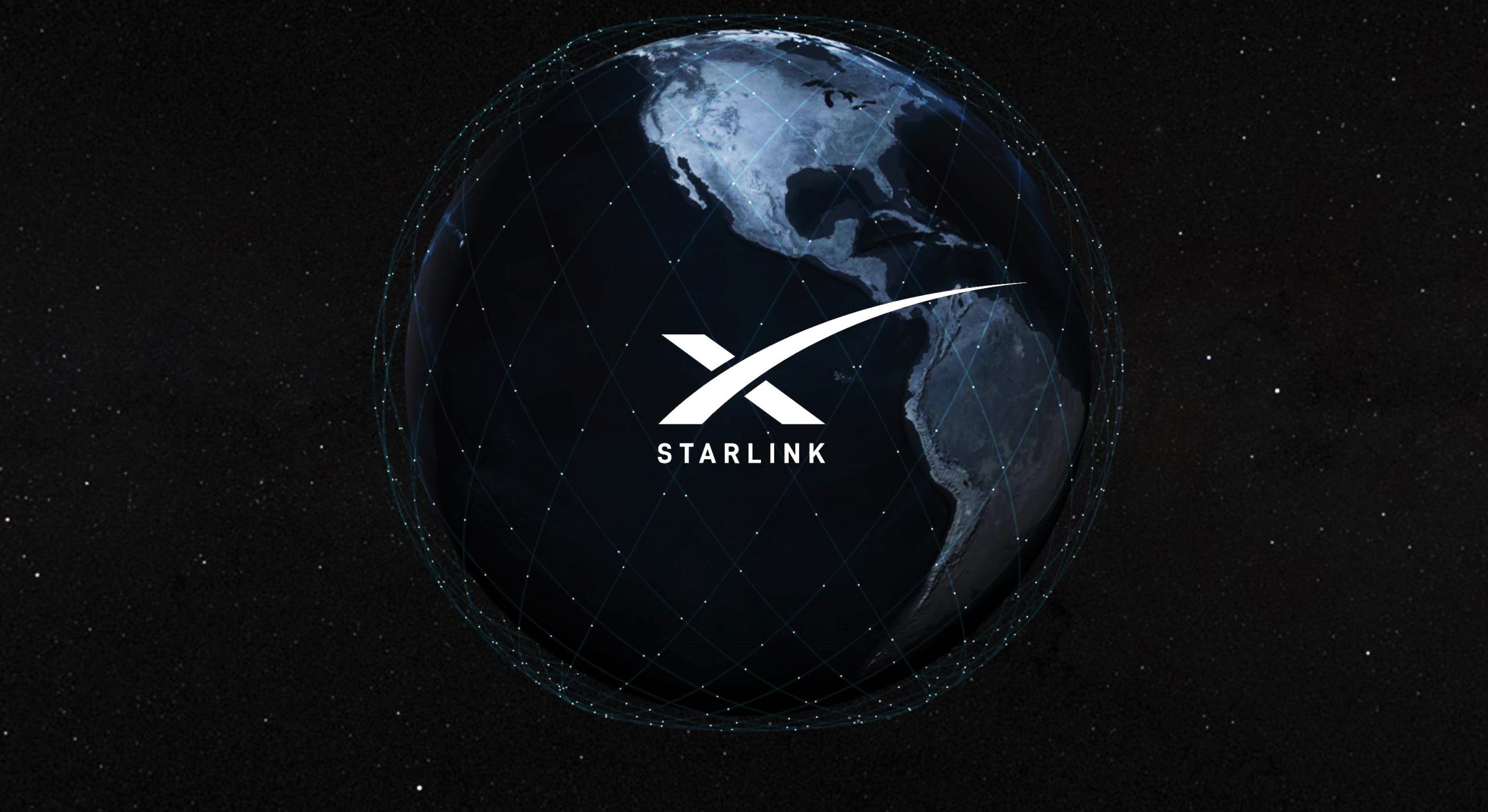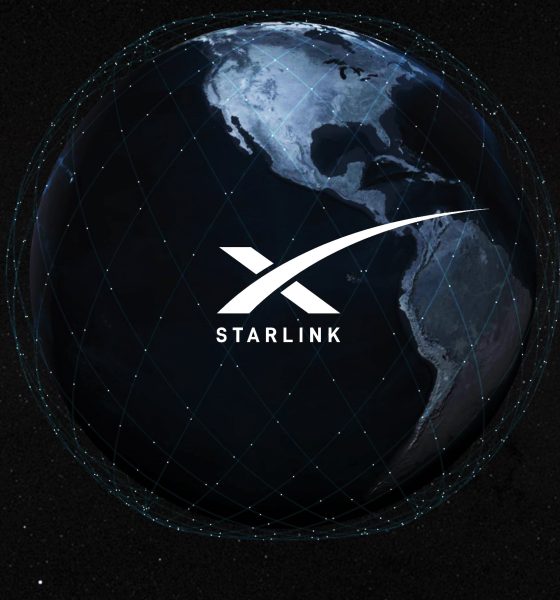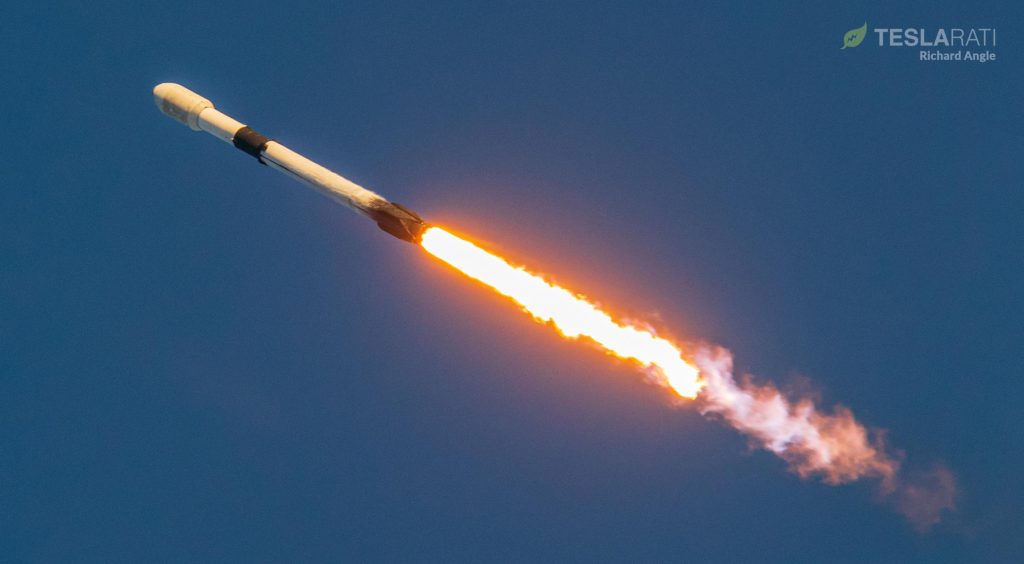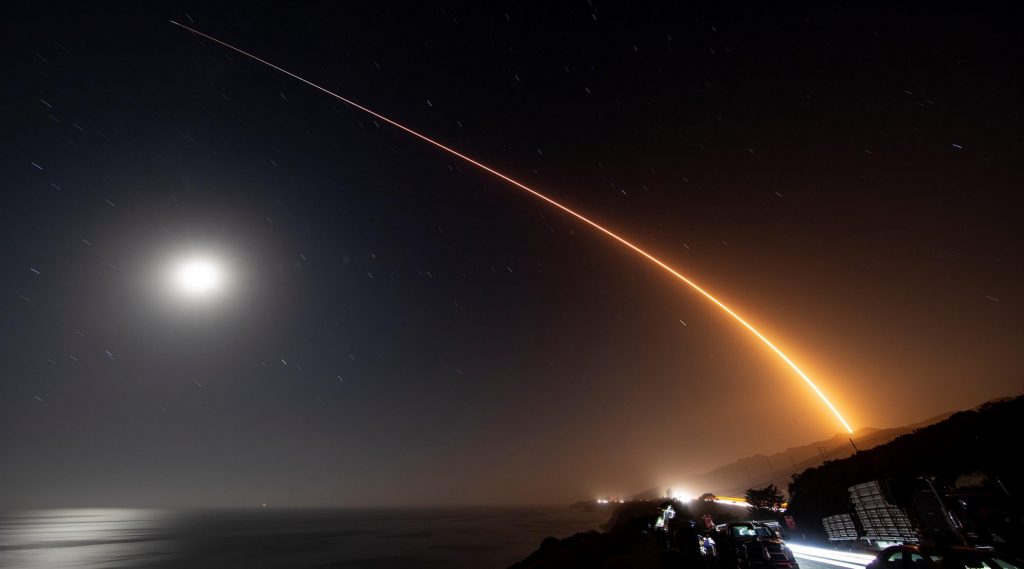

News
SpaceX to begin launching new ‘shell’ of Starlink satellites in July
SpaceX could begin launching the fourth of five orbital ‘shells’ of its first Starlink constellation as early as July, according to a report from a reliable source of SpaceX information.
The initial report tweeted on May 20th by reporter Alejandro Alcantarilla claimed that SpaceX was preparing to start launching “Group 3” of its first 4408-satellite Starlink constellation as early as July 2022. Less than a week later, those claims were confirmed when SpaceX applied for communications permits known as “special temporary authority” licenses or STAs for a launch known as “Starlink Group 3-1” no earlier than late June.
“Group 3” refers to one of five orbital “shells” that make up SpaceX’s 4408-satellite first-generation Starlink constellation. Each shell can be thought of more or less as, well, a shell – a thin layer of satellites more or less evenly distributed around the entire sphere of the Earth. Shells mainly differ by two measures: orbital inclination (the angle between a given orbit and the Earth’s equator) and orbital altitude (the distance from the orbit to the ground).
AFAIK, this is the most up-to-date list of the Shells pic.twitter.com/IQTmom5o6w— EimajOzear (@Neo_EimajOzear) May 23, 2022
3168 (~72%) of 4408 Starlink Gen1 satellites are assigned to just two of those five shells and those two shells are where SpaceX has almost exclusively focused since it began operational Starlink launches in November 2019. Including satellites held in reserve, Group 1 or Shell 1 currently has 1450 of a nominal 1584 operational satellites in orbit. At one point, the constellation was fully populated, but some 205 of the 1665 V1.0 satellites SpaceX launched between November 2019 and May 2021 have been lost to a variety of anomalies. The vast majority performed controlled deorbits and reentered after failing but 28 failed completed and will take a few months to a few years to reenter.
SpaceX began launching Group/Shell 4 – nearly identical to Group 1 – in November 2021 and has sustained an unprecedented pace since then, launching 913 satellites – 866 of which are still working – in the last six months. If it continues to launch at that rate, all 1584 Group 4 satellites (and some spares) could be in orbit by the end of 2022.


Oddly, SpaceX also launched a single batch of 51 Group/Shell 2 Starlink satellites in September 2021 – possibly just a proof of concept for the first full batch of new laser-linked V1.5 spacecraft.
Regardless, Group 3 appears to be next and will mark the start of operational polar Starlink satellite launches. Also outfitted with laser links, those polar-orbiting spacecraft will be useful for connecting Starlink internet users at the extreme ends of the Earth. In the context of the optical network SpaceX is building in orbit, they may be even more useful for their routing capabilities, which could make it easier for aircraft or ships far from any nearby ground station to remain connected to the network almost anywhere on Earth. With just 348 satellites, it could take SpaceX only seven or eight Falcon 9 launches to complete Group 3.
According to Alcantarilla, the first two Starlink Group 3 missions are both scheduled to launch from SpaceX’s Vandenberg Space Force Base, California facilities as early as July, beginning with Starlink 3-1 on July 5th. In the meantime, SpaceX has no intention of slowing down its Starlink Group 4 launch cadence and will continue using its East Coast pads to their fullest as it pursues an average of at least one launch per week throughout 2022.

News
Tesla FSD fleet is nearing 7 billion total miles, including 2.5 billion city miles
As can be seen on Tesla’s official FSD webpage, vehicles equipped with the system have now navigated over 6.99 billion miles.

Tesla’s Full Self-Driving (Supervised) fleet is closing in on almost 7 billion total miles driven, as per data posted by the company on its official FSD webpage.
These figures hint at the massive scale of data fueling Tesla’s rapid FSD improvements, which have been quite notable as of late.
FSD mileage milestones
As can be seen on Tesla’s official FSD webpage, vehicles equipped with the system have now navigated over 6.99 billion miles. Tesla owner and avid FSD tester Whole Mars Catalog also shared a screenshot indicating that from the nearly 7 billion miles traveled by the FSD fleet, more than 2.5 billion miles were driven inside cities.
City miles are particularly valuable for complex urban scenarios like unprotected turns, pedestrian interactions, and traffic lights. This is also the difference-maker for FSD, as only complex solutions, such as Waymo’s self-driving taxis, operate similarly on inner-city streets. And even then, incidents such as the San Francisco blackouts have proven challenging for sensor-rich vehicles like Waymos.
Tesla’s data edge
Tesla has a number of advantages in the autonomous vehicle sector, one of which is the size of its fleet and the number of vehicles training FSD on real-world roads. Tesla’s nearly 7 billion FSD miles then allow the company to roll out updates that make its vehicles behave like they are being driven by experienced drivers, even if they are operating on their own.
So notable are Tesla’s improvements to FSD that NVIDIA Director of Robotics Jim Fan, after experiencing FSD v14, noted that the system is the first AI that passes what he described as a “Physical Turing Test.”
“Despite knowing exactly how robot learning works, I still find it magical watching the steering wheel turn by itself. First it feels surreal, next it becomes routine. Then, like the smartphone, taking it away actively hurts. This is how humanity gets rewired and glued to god-like technologies,” Fan wrote in a post on X.
News
Tesla starts showing how FSD will change lives in Europe
Local officials tested the system on narrow country roads and were impressed by FSD’s smooth, human-like driving, with some calling the service a game-changer for everyday life in areas that are far from urban centers.

Tesla has launched Europe’s first public shuttle service using Full Self-Driving (Supervised) in the rural Eifelkreis Bitburg-Prüm region of Germany, demonstrating how the technology can restore independence and mobility for people who struggle with limited transport options.
Local officials tested the system on narrow country roads and were impressed by FSD’s smooth, human-like driving, with some calling the service a game-changer for everyday life in areas that are far from urban centers.
Officials see real impact on rural residents
Arzfeld Mayor Johannes Kuhl and District Administrator Andreas Kruppert personally tested the Tesla shuttle service. This allowed them to see just how well FSD navigated winding lanes and rural roads confidently. Kruppert said, “Autonomous driving sounds like science fiction to many, but we simply see here that it works totally well in rural regions too.” Kuhl, for his part, also noted that FSD “feels like a very experienced driver.”
The pilot complements the area’s “Citizen Bus” program, which provides on-demand rides for elderly residents who can no longer drive themselves. Tesla Europe shared a video of a demonstration of the service, highlighting how FSD gives people their freedom back, even in places where public transport is not as prevalent.
What the Ministry for Economic Affairs and Transport says
Rhineland-Palatinate’s Minister Daniela Schmitt supported the project, praising the collaboration that made this “first of its kind in Europe” possible. As per the ministry, the rural rollout for the service shows FSD’s potential beyond major cities, and it delivers tangible benefits like grocery runs, doctor visits, and social connections for isolated residents.
“Reliable and flexible mobility is especially vital in rural areas. With the launch of a shuttle service using self-driving vehicles (FSD supervised) by Tesla in the Eifelkreis Bitburg-Prüm, an innovative pilot project is now getting underway that complements local community bus services. It is the first project of its kind in Europe.
“The result is a real gain for rural mobility: greater accessibility, more flexibility and tangible benefits for everyday life. A strong signal for innovation, cooperation and future-oriented mobility beyond urban centers,” the ministry wrote in a LinkedIn post.
News
Tesla China quietly posts Robotaxi-related job listing
Tesla China is currently seeking a Low Voltage Electrical Engineer to work on circuit board design for the company’s autonomous vehicles.

Tesla has posted a new job listing in Shanghai explicitly tied to its Robotaxi program, fueling speculation that the company is preparing to launch its dedicated autonomous ride-hailing service in China.
As noted in the listing, Tesla China is currently seeking a Low Voltage Electrical Engineer to work on circuit board design for the company’s autonomous vehicles.
Robotaxi-specific role
The listing, which was shared on social media platform X by industry watcher @tslaming, suggested that Tesla China is looking to fill the role urgently. The job listing itself specifically mentions that the person hired for the role will be working on the Low Voltage Hardware team, which would design the circuit boards that would serve as the nervous system of the Robotaxi.
Key tasks for the role, as indicated in the job listing, include collaboration with PCB layout, firmware, mechanical, program management, and validation teams, among other responsibilities. The role is based in Shanghai.
China Robotaxi launch
China represents a massive potential market for robotaxis, with its dense urban centers and supportive policies in select cities. Tesla has limited permission to roll out FSD in the country, though despite this, its vehicles have been hailed as among the best in the market when it comes to autonomous features. So far, at least, it appears that China supports Tesla’s FSD and Robotaxi rollout.
This was hinted at in November, when Tesla brought the Cybercab to the 8th China International Import Expo (CIIE) in Shanghai, marking the first time that the autonomous two-seater was brought to the Asia-Pacific region. The vehicle, despite not having a release date in China, received a significant amount of interest among the event’s attendees.








